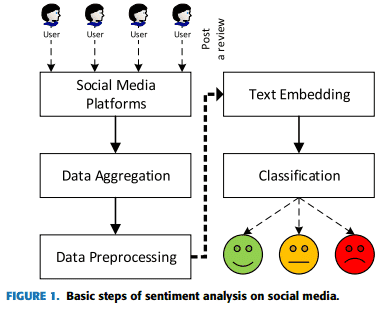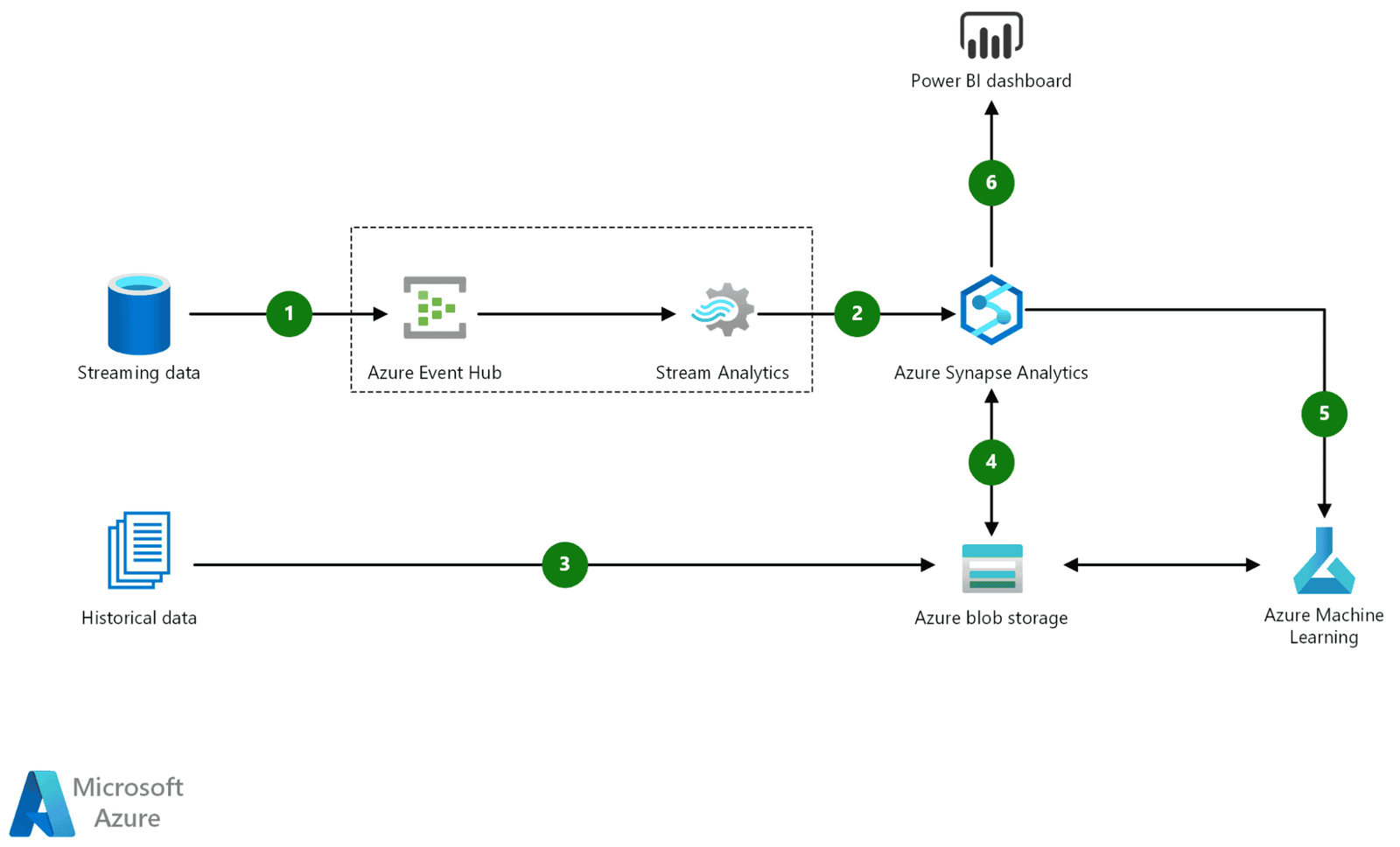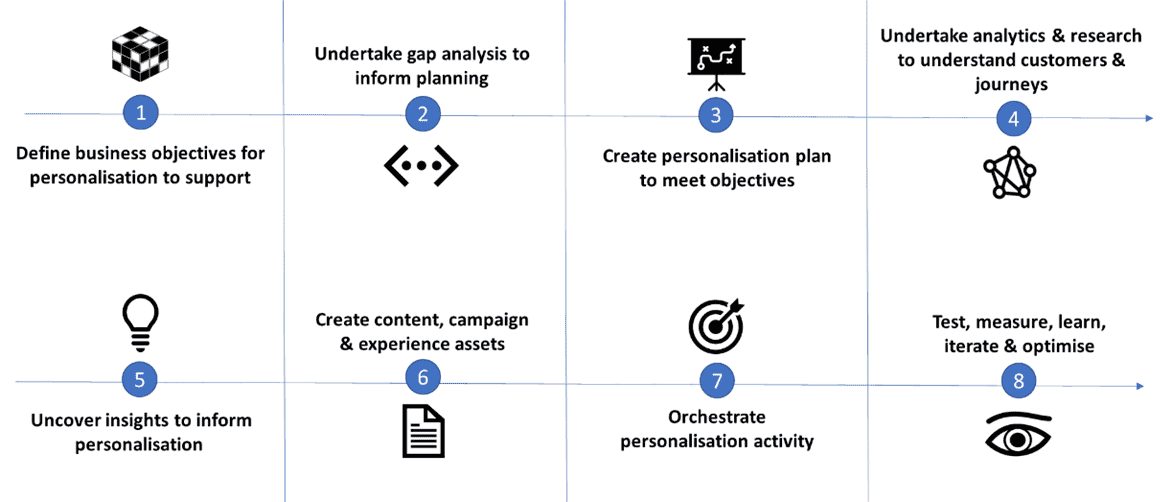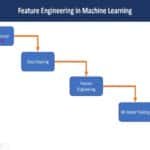Top 15 Data Analytics Projects in 2023 for Beginners to Experienced Levels: Data Analytics Projects allow aspirants in the field to display their proficiency to employers and acquire job roles.
Top Data Analytics Projects for Beginners to be Experienced in 2023
Data Analytics is one of the most demanding fields of Data Science in the world today with numerous job opportunities approaching in the next five years. Certainly, you need to ensure that while you target a specific job role in different companies, you have the skills and expertise as well. Additionally, employers will ask for proof of your proficiency through your portfolio and the projects you have engaged with that help in highlighting your capabilities.
However, you might be looking for a guide to help you understand the different types of Data Analytics projects you may undertake. These may range from Data Analytics projects for beginners to experienced ones. Following is a guide that can help you understand the types of projects and the projects involved with Python and Business Analytics.
Types of Data Analytics Projects
Data analytics projects can vary significantly based on the goals, data sources, and the intended outcomes. Here are some common types of data analytics projects:
1. Descriptive Analytics Projects:
These projects focus on summarizing historical data to gain insights into past trends and patterns. Examples include generating reports, dashboards, and data visualizations to understand business performance, customer behavior, or operational efficiency.
2. Diagnostic Analytics Projects:
Diagnostic analytics seeks to determine the reasons behind specific events or patterns observed in the data. It involves deeper analysis and investigation to identify the root causes of problems or successes. Root cause analysis is a typical diagnostic analytics task.
3. Predictive Analytics Projects:
Predictive analytics involves using historical data to predict future events or outcomes. Techniques like regression analysis, time series forecasting, and machine learning algorithms are used to predict customer behavior, sales trends, equipment failure, and more.
4. Prescriptive Analytics Projects:
Prescriptive analytics takes predictive analysis a step further by recommending actions to optimize future outcomes. These projects predict what is likely to happen and suggest the best course of action to achieve desired results.
5. Text Analytics and Natural Language Processing (NLP) Projects:
These projects involve analyzing unstructured text data, such as customer reviews, social media posts, emails, and news articles. NLP techniques help extract insights, sentiment analysis, and topic modeling from text data.
6. Customer Analytics Projects:
Customer analytics focuses on understanding customer behavior, preferences, and needs to improve customer experience, retention, and satisfaction. It involves analyzing customer data from various touchpoints like sales, marketing, and support interactions.
7. Financial Analytics Projects:
Financial analytics deals with financial data to assess the financial health of a business, detect fraudulent activities, perform risk assessments, and optimize financial operations.
8. Supply Chain and Logistics Analytics Projects:
These projects involve analyzing supply chain data to improve efficiency, reduce costs, and optimize inventory management and logistics operations.
9. Healthcare Analytics Projects:
Healthcare analytics focuses on using data to improve patient outcomes, optimize healthcare operations, and support medical research.
10. Social Media Analytics Projects:
Social media analytics deals with data from various social media platforms to understand consumer sentiments, track brand mentions, and gauge the effectiveness of marketing campaigns.
11. Web and App Analytics Projects:
These projects involve analyzing website and app data to understand user behaviour, improve user experience, and optimize conversion rates.
12. IoT (Internet of Things) Analytics Projects:
IoT analytics involves processing and analyzing data from IoT devices to gain insights into device performance, usage patterns, and predictive maintenance.
Each type of data analytics project requires specific skills, tools, and methodologies to be successful. Defining clear objectives and selecting appropriate techniques to extract valuable insights from the data is essential.
Big Data Analytics Projects for Students in Python
Big data analytics projects in Python can be both challenging and rewarding for students, as they offer an opportunity to work with large datasets and apply various data processing and analysis techniques. Here are some project ideas suitable for students interested in big data analytics with Python:
1. Analyzing Large Datasets:
- Choose a large dataset from public sources (e.g., Kaggle datasets) and use Python’s Pandas library to perform data cleaning, data wrangling, and exploratory data analysis (EDA).
- Extract valuable insights and patterns from the dataset using data visualization libraries like Matplotlib or Seaborn.
2. Sentiment Analysis on Social Media Data:
- Gather tweets or reviews from a social media platform using APIs.
- Apply natural language processing (NLP) techniques with Python libraries like NLTK or spaCy to perform sentiment analysis and understand the text’s overall sentiment (positive, negative, neutral).
3. Real-time Data Stream Analysis:
- Use Python with libraries like Apache Kafka and Apache Spark to process and analyze real-time data streams from sources like Twitter, sensors, or website logs.
- Implement real-time analytics to monitor trends or anomalies in the data.
4. Predictive Maintenance for IoT Devices:
- Simulate a dataset representing IoT device sensor readings and build a predictive maintenance model using Python’s machine learning libraries like scikit-learn.
- Based on historical sensor data, Predict when a device will fail or require maintenance.
5. Fraud Detection in Financial Transactions:
- Create a synthetic dataset of financial transactions with both legitimate and fraudulent activities.
- Use machine learning algorithms to build a fraud detection model and identify potentially fraudulent transactions.
6. Movie Recommendation System:
- Use Python and collaborative filtering techniques (e.g., matrix factorization) to build a basic movie recommendation system.
- Recommend movies to users based on their historical preferences.
7. Image Recognition with Deep Learning:
- Use Python with TensorFlow or PyTorch to build an image recognition model (e.g., CNN) and classify images from a large dataset (e.g., ImageNet).
8. Analyzing Web Server Logs:
- Obtain web server logs and analyze them using Python to identify popular pages, user behavior, and potential issues with the website.
9. Analyzing Public Health Data:
- Gather public health data from sources like the World Health Organization (WHO) or the Centers for Disease Control and Prevention (CDC).
- Analyze the data to identify trends, correlations, or risk factors related to specific health conditions.
10. Traffic Analysis and Route Optimization:
- Work with traffic data (e.g., GPS data) to analyze traffic patterns in a city.
- Use Python and optimization techniques to find the best routes for vehicles to minimize travel time or fuel consumption.
When working on these projects, students should focus on understanding the principles of big data analytics, data preprocessing, machine learning, and data visualization using Python libraries. They should also consider leveraging cloud platforms like AWS or Google Cloud for handling large-scale datasets and computing resources if needed.
Big Data Projects in Business Analytics:
The goal of big data projects in business analytics aim to use massive amounts of data to get insightful knowledge and create data-driven decisions that can enhance business operations, and strategy, and spur growth. Here are a few business analytics big data projects:
1. Client segmentation
- Segment clients based on their behavior, tastes, and demographics by analyzing customer data from numerous sources.
- Create customized marketing efforts for each market sector by using clustering algorithms or machine learning techniques to group customers with similar characteristics.
2. Analysing the market basket
- To find frequently occurring products or items in shopping baskets, analyze transactional data, such as consumer purchases.
- Use association rule mining to find patterns and suggest product bundles or cross-selling opportunities.
3. Churn Forecast:
- Analyze previous customer data to identify which customers are most likely to churn (quit using a product or service).
- Create a prediction model utilizing machine learning algorithms to spot consumers who are at risk and take preventative action to keep them.
4. Supply Chain Improvement:
- Use supply chain data such as inventory levels, production schedules, and transit paths to improve the supply chain process.
- Utilise optimization methods to cut costs, shorten lead times, and boost productivity.
5. Analysis of sentiment and brand reputation:
- Analyse social media and customer review data to assess brand sentiment and how people regard a company’s products or services.
- To ascertain the general sentiment and deal with any potential problems, use natural language processing (NLP) tools.
6. Detecting and preventing fraud
- Analyse financial transaction data to spot irregularities or trends of fraud.
- Create machine learning models to quickly identify and stop fraudulent transactions.
7. Recommendations and Personalization:
- Utilise big data to offer clients tailored recommendations based on their previous interactions and interests.
- Making use of collaborative filtering or content-based filtering techniques to implement recommendation engines.
8. Pricing Management:
- To improve product price plans, analyze pricing information, rival pricing, and consumer behavior.
- Using machine learning algorithms, calculate the ideal price points to maximize sales and profit.
9. Forecasting sales predictions:
- To forecast future sales, examine historical sales data as well as external variables like economic indicators or seasonal trends.
- Use time series forecasting or machine learning algorithms to get precise sales estimates.
10. Analytics in HR
- To improve workforce acquisition, retention, and development plans, analyze employee data, performance indicators, and engagement surveys.
- To determine the variables that affect employee satisfaction and productivity, use big data tools.
Big data technology, data pretreatment, statistical analysis, and machine learning methodologies must be thoroughly understood for these applications. Programming languages like Python or R should be mastered by students or professionals working on these projects, as should big data tools like Apache Hadoop, Apache Spark, or cloud-based data analytics platforms.
Conclusion
In conclusion, there are various types of Data Analytics Projects that you can undertake as a means to upgrade your Data Analytics portfolio. These projects on Data Analytics can help you develop your expertise and allow you to ace your interviews effectively.
Undertaking Data Analytics projects are important to express and showcase your skills and proficiency in the field. It allows employers to have a clear knowledge of your capabilities and therefore, offer you your desired job and compensation package.
If you want to opt for a career as a Data Analyst, Pickl.AI’s Data Science course can help you with the same. additionally, you can work on real-life industry projects that you can add to your portfolio and get placements in your preferred role and industry.














